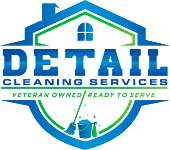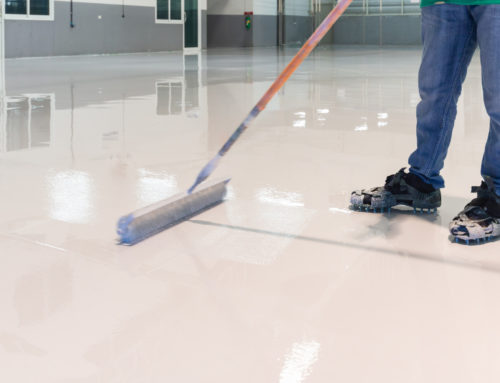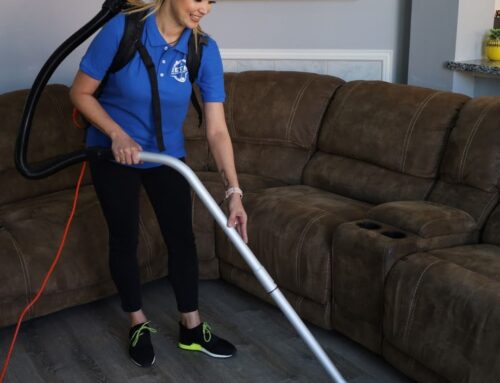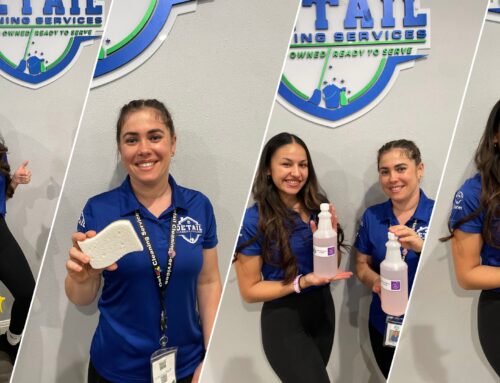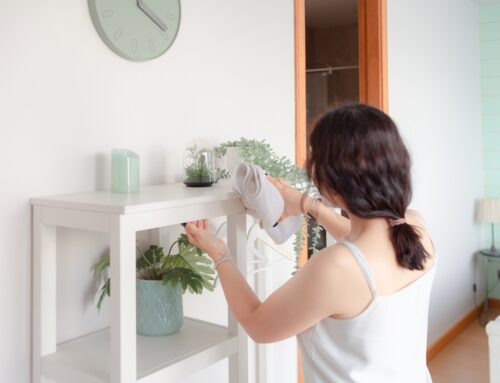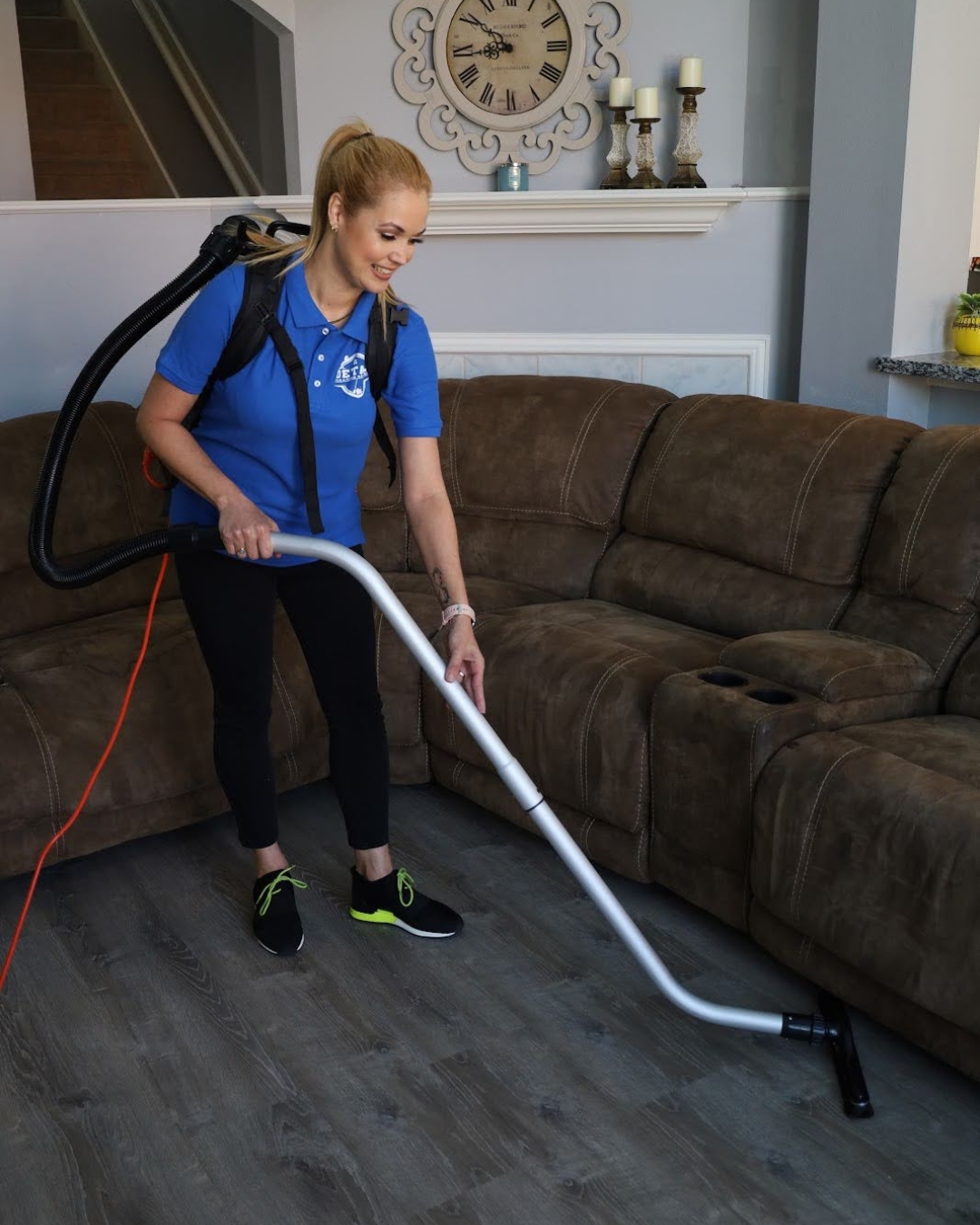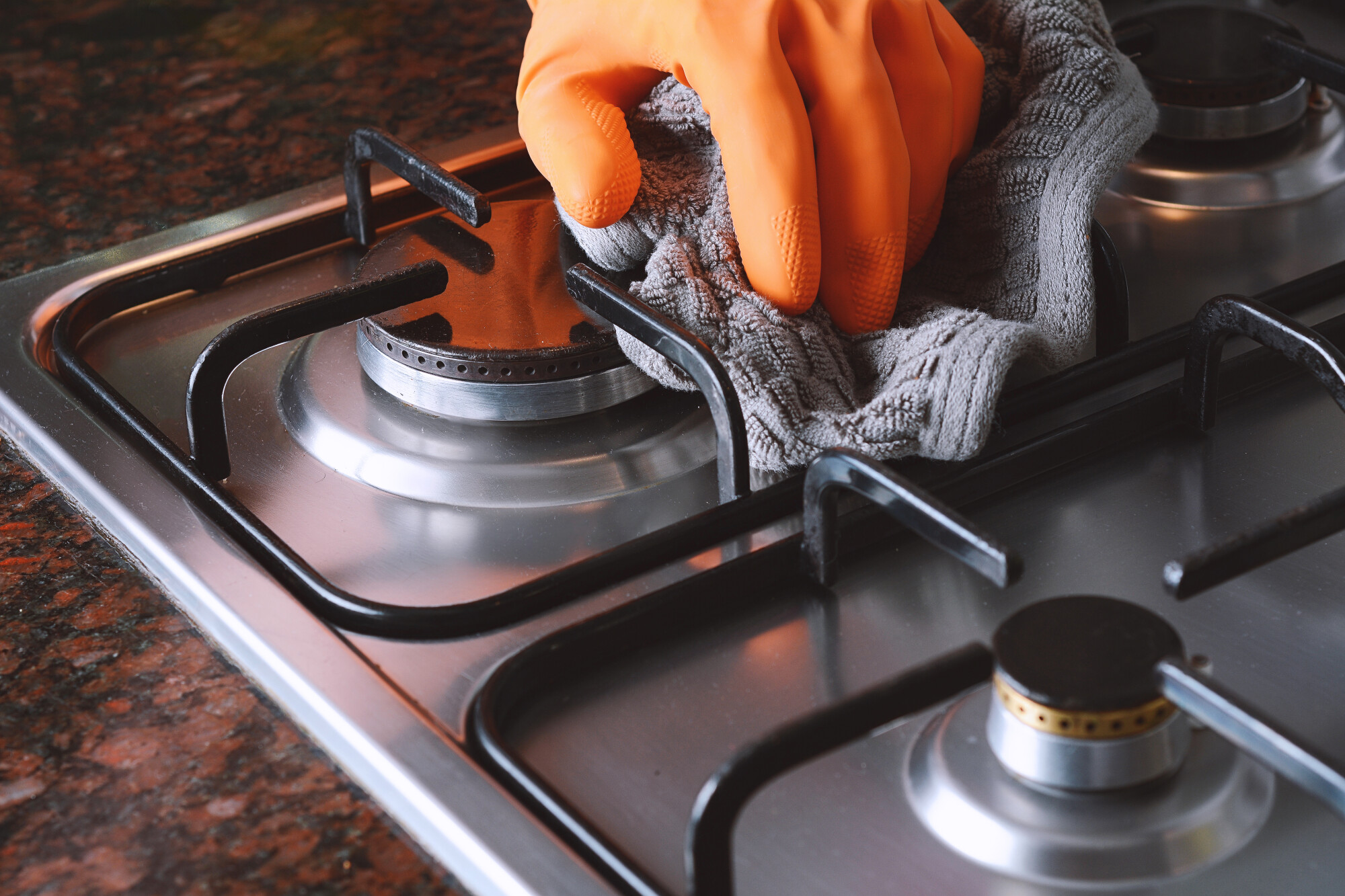
Cleaning List for a House: Don’t Forget These Dirtiest Spots
How often do you deep clean and disinfect your home?
Practicing hygiene extends to cleaning practices for your home too. With the pandemic, we have become more aware of how important it is to keep a home clean.
To remove bacteria, germs, and viruses from your home, you need an efficient cleaning list for a house.
There are many places in your home that, according to experts, harbor the most germs. If you are looking for a cleaning list for a house, then we’ve got these dirty spots that you would not want to miss!
1. Any Knob, Switch, and Handle
A cleaning list for a house should always include high-touch areas. These high-touch areas are any place in your house that come into contact with you on a regular basis. Prime examples of this include door knobs, light switches, and handles.
People often only clean obvious spots that they think harbor bacteria, such as door knobs. A study found that stove knobs have higher bacteria compared to bathroom knobs. When cleaning, don’t forget about these high-touch areas.
A fast way to clean these areas is by using disinfecting wipes. When using disinfecting wipes, make sure to use a new one with each surface you clean. This allows you to avoid cross-contamination.
Set a cleaning schedule and make sure to stick to it. You need to clean these high-touch areas at least once a week to avoid the growth of bacteria. Set aside time and set an alarm on your phone, or mark your calendar as a reminder.
Hire High Touch Sanitization Services
There are house cleaning services that offer sanitization services for high-touch areas. These services extend beyond knobs, switches, and handles. Other high-touch areas in your home that are often overlooked include buttons.
Places such as alarm panels, cabinet pulls, drawer pulls, and lids are often not cleaned enough. Your garage door handle and thermostat buttons also harbor a lot of bacteria. When cleaning, these surfaces might not come into mind, and that’s how bacteria starts to spread.
That’s why you should hire Detail Cleaning Services to take care of your cleaning needs. Detail Cleaning Services offers high-touch sanitization services for your home.
2. Your Kitchen Sink and Countertops
Your kitchen is prone to the growth of bacteria. This is because the kitchen is where you store and prepare food, making it a haven for bacteria. Studies show that over 75% of dish sponges and kitchen rags contain bacteria such as E. coli and Salmonella.
An even scarier fact in the same study is that dish sponges and kitchen rags also contain fecal matter. Fecal matter is higher in these kitchen items compared to bathroom faucets. Your kitchen sink and countertop often come into contact with food.
Though food debris and bacteria may not be immediately visible, it’s a good habit to clean these areas.
3. All Your Kitchen Tools
When making a printable cleaning list for house, you have to be as detailed as possible. Make a comprehensive checklist of items you have, including all your kitchen tools. For example, when your dish sponge starts to smell, it’s a good idea to replace it.
There are also some kitchen tools you might not use every day, like a blender or a baking pan. These kinds of equipment can harbor bacteria and even rust. That’s why it’s crucial to clean these kitchen tools on a regular basis, even when you are not using them.
Sponges are the perfect place for bacteria growth. Researchers even found that up to 45 million bacteria per sq cm live in your sponge. A quick fix is placing your sponge in the microwave, which kills bacteria.
It might be enticing to use disinfectants that promise to kill viruses and 99.99% of bacteria. But you should also make sure that these are safe to use on kitchen utensils like cups, spoons, and forks. There are many safe and non-toxic cleaning products you can use for your home.
4. Your Refrigerator
Your kitchen refrigerator comes into contact with unwashed and uncooked food. This makes it the perfect place for bacteria to grow and fester. The environment in your refrigerator has moisture and food, which helps bacteria grow.
Clean your refrigerator if it comes in contact with unwashed or uncooked food. An easy way to do this is by disinfecting wipes and washing your food before putting it in the fridge. It’s recommended that you use wipes with 70% isopropanol or 60% ethanol.
Using disinfecting wipes with this concentration can help reduce germs. These wipes are also effective in removing viruses such as SARS-CoV2. You should also wash your hands before and after touching raw and unprepared food.
5. Your Purses and Bags
Your purse and bags are things you take out with you. With the pandemic, these things are a place where viruses can latch on. When you bring your purses and bags into your home, you also bring germs, bacteria, and viruses into your home.
This is why you should also clean your purses and bags on a regular basis. These bags also include backpacks or even gym bags that you own. The moisture inside your gym bags is a haven for bacteria and even mold due to the moisture.
When going out, keep your bags off of the floor to minimize dirty places that they come into contact with. Have a dedicated place near your door where you can put your bags and purses, so you don’t place them in other areas. Take time to clean items inside your purse, such as your wallet and keys, which also harbor a lot of bacteria.
Make Your Cleaning List For a House Today
A clean home is a healthy and happy home. Use these tips to create an effective cleaning list for a house to minimize bacteria in your home.
Looking for house cleaning services that can finish your cleaning house checklist? Then contact us today and get the best cleaning services in town. Detail Cleaning Services offers various services that are sure to clean all the spots in your home.
Share this article
Follow us
A quick overview of the topics covered in this article.
